
CorelDRAW CorelDRAW is a vector-based graphic design software developed by Corel Corporation. It is known for its versatility in creating illustrations, logos, posters, and other vector-based artworks. Here are some key features of CorelDRAW.
Hi, I'm Richmond Antwi a student in the University Of Education, Winneba from the graphic design department, and I recently completed an internship at Advent Press located at La Osu by-pass opp la General hospital, Ishmael Fiifi Quainoo the production manager of the company. Today, I want to share my experience with you. Advent press is an industrial base unite that deals in the production of books. The company consist of five departments and these departments work together to produce a good finishing. These departments are the graphic design department, stripping department, press department, binary department, dispatch department. In all this department I went through them to have a feel and experience what they do.
CorelDRAW and Adobe Photoshop are two popular graphic design software programs that cater to different aspects of design and image manipulation. While both are widely used in the creative industry, they have distinct features, purposes, and strengths. These were the software used during my internship at Advent Press

CorelDRAW CorelDRAW is a vector-based graphic design software developed by Corel Corporation. It is known for its versatility in creating illustrations, logos, posters, and other vector-based artworks. Here are some key features of CorelDRAW.
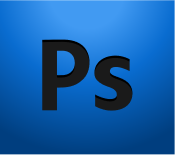
Adobe Photoshop: Adobe Photoshop is a raster-based image editing software developed by Adobe Inc. It is a powerful tool for editing and manipulating photographs, digital paintings, and other raster graphics. Here are some key features of Adobe Photoshop.
Client Communication and Expectations: Challenge: One of my challenges was I often face challenges in understanding and interpreting client expectations accurately, leading to miscommunication and potential dissatisfaction. Solution: Regular and clear communication with clients is crucial. Designers should ask specific questions, present mock-ups, and establish a detailed project scope to align with client expectations.
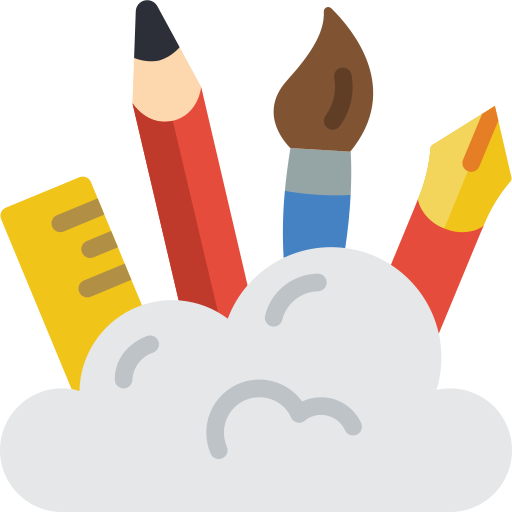
Creative Block and Burnout: Challenge: Designers can encounter creative blocks and burnout, which hinder their ability to generate fresh and innovative ideas.
Solution: Taking breaks, seeking inspiration from various sources, collaborating with colleagues, and exploring different design techniques can help overcome creative challenges.
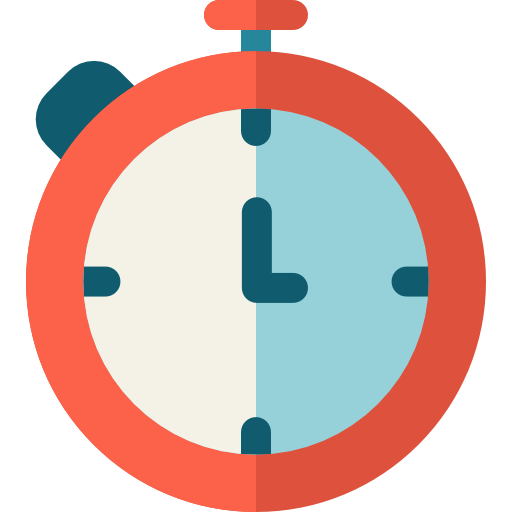
Tight Deadlines: Challenge: often face tight deadlines, putting pressure on them to deliver quality work quickly.
Solution: Effective time management, setting realistic project timelines, and prioritizing tasks can help manage deadlines more efficiently. Collaboration with team members can also distribute the workload effectively.

Feedback and Revisions: Challenge: I often receive subjective feedback from clients or team members, leading to multiple revisions.
Solution: Clear communication about design intent, setting expectations for the revision process, and providing rationale behind design choices can minimize unnecessary revisions.

Creative Problem-Solving: Constantly encounter creative challenges and I learn to think critically to find innovative solutions that align with client expectations.
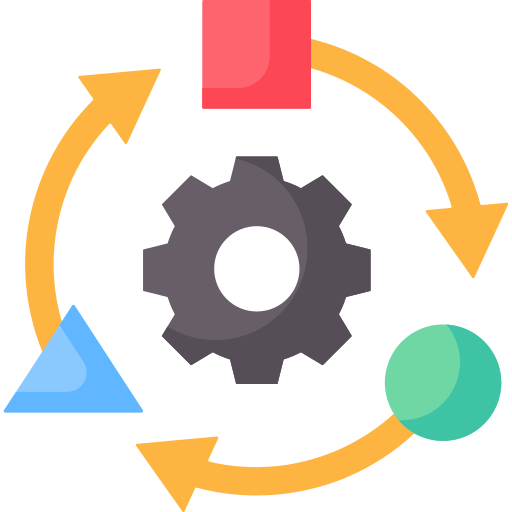
Adaptability: Working on diverse projects exposes me to various industries, styles, and design requirements, enhancing their adaptability and versatility.

Client Communication: Interacting with clients and stakeholders hones communication skills, allows me to effectively convey their design choices and understand client needs.

Time Management: Meeting deadlines requires strong time management skills, this taught me how to prioritize tasks and work efficiently.
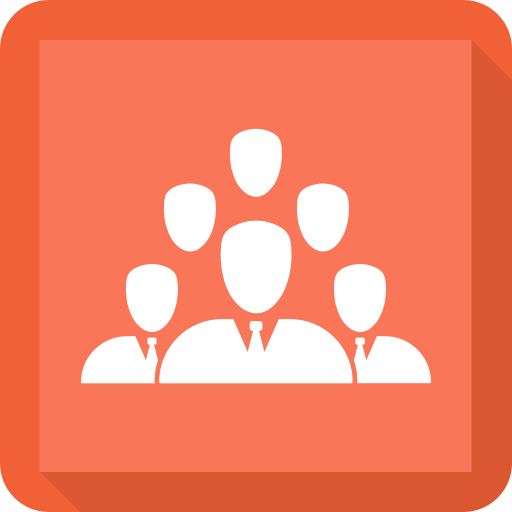
Collaboration: Collaborating with clients, team members, and printing professionals fosters teamwork and the ability to incorporate feedback.

Quality Control: Inspecting prints and identifying defects cultivates a commitment to delivering flawless products.

Adaptation to Technology:Staying updated with printing technology advancements develops a knack for adopting and adapting to new tools and methodologies.
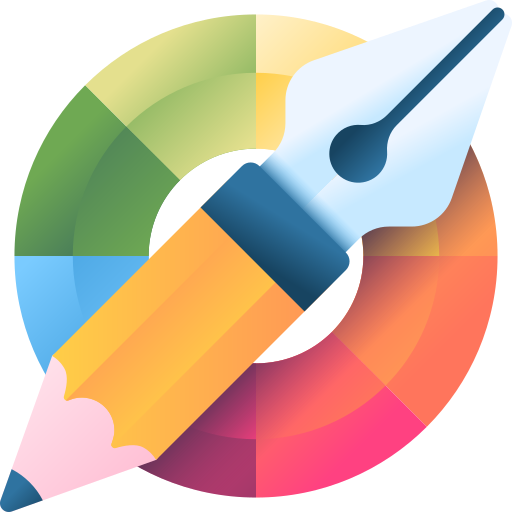
Communication with Designers: Collaborating with designers enhances communication skills, helping convey technical requirements and constraints effectively.



